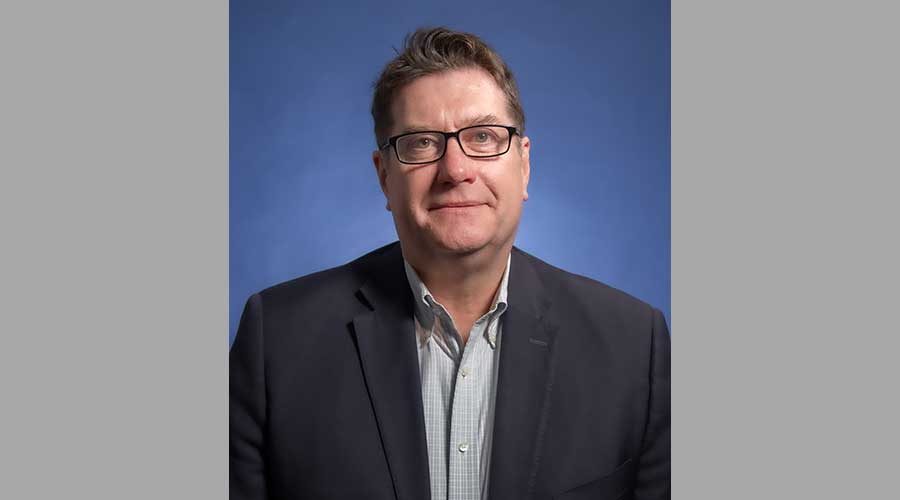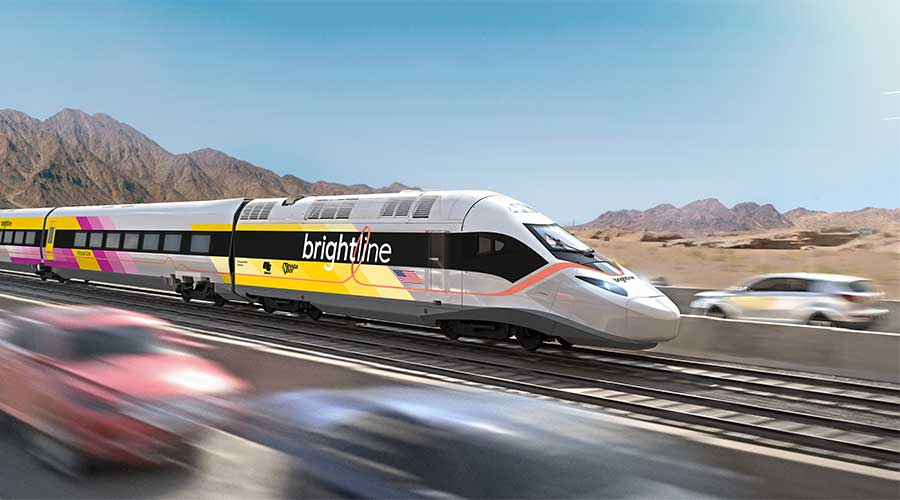Stay updated on news, articles and information for the rail industry
December 2017
Rail News: Passenger Rail
Outlook 2018: Transit agency execs rank funding shortfalls, PTC challenges among chief concerns
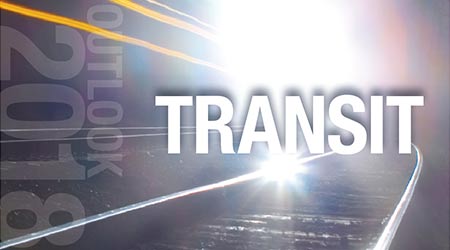
Compiled by Daniel Niepow, Associate Editor
After voters approved a number of local transportation initiatives in the November 2016 elections, many transit agency leaders felt energized about the future. Since then, however, some of their momentum seems to have sputtered out as agencies struggle to secure federal funding commitments for major expansion plans. On top of that, the Dec. 31, 2018, deadline to implement positive train control (PTC) looms on the horizon.
Despite the challenges, agency execs say they're prepared to do what it takes to expand their passenger-rail offerings or maintain existing service levels.
Below, five transit agency leaders share their thoughts on the year ahead. They are Don Orseno, executive director and chief executive officer of Metra; Peter Rogoff, CEO of Sound Transit in the Seattle area; Scott Smith, CEO of Valley Metro in Phoenix; Gary Thomas, president and executive director of Dallas Area Rapid Transit; and Phillip Washington, CEO of the Los Angeles County Metropolitan Transportation Authority (Metro).
What's a major challenge you'll face in 2018?
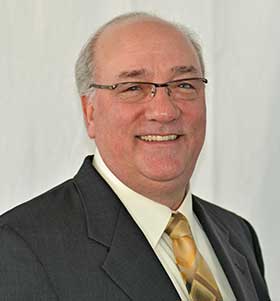
Orseno: Metra and the other public transportation operators in the Chicago region are facing the biggest financial crisis since Metra was formed 33 years ago. For 2018, we were forced to bridge a $45 million gap in operating funding through a fare increase and, for the first time in our history, service cuts. The current situation is not sustainable and threatens the future viability of the service Metra provides. Inadequate public funding for capital projects has been a chronic issue, but we are now faced with a shortfall in funding for operations. Our biggest challenge in 2018 will be to build consensus necessary to create a source of sustained public investment in our region's transit system.
Rogoff: Our region's voters have approved visionary capital investments with Sound Move in 1996, Sound Transit 2 in 2008 and, most recently, Sound Transit 3 in 2016. Each of these funding packages assumes a reasonable amount of federal partnership based upon historic trends. Though many of our projects have benefited from low-interest federal TIFIA loans (such as East Link) and New Starts grants (such as University Link), we have been disappointed to see the current [Trump] administration seek to pull back from federal transit partnerships. For example, after many years of project development with the Federal Transit Administration, we are due to execute a $1.17 billion Full Funding Grant Agreement (FFGA) for the Lynnwood Link project, but the current administration has threatened to cancel this and other New Starts projects that do not already have a signed FFGA. We are confident in our ability to complete all voter-approved projects even if federal funding is not continued, but projects would take much longer and more of the financial burden would fall on local taxpayers.
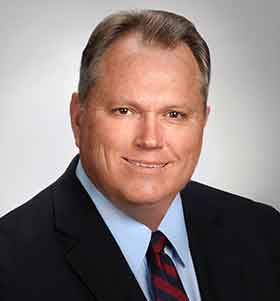
Smith: For Valley Metro, it's the perception of safety on rail. Our challenge is to immerse our rail system with a new standard that discourages disruptive behavior on transit. A "Respect the Ride" code of conduct was approved by our boards of directors in October. Our agency is now more empowered to enforce the removal of riders who are not abiding by the code of conduct. We believe that every fare-paying passenger has the right to a safe and comfortable transit trip. We also have the challenge of navigating the future with ride-hailing companies and determining how we best partner with them. In addition, we must look toward technology with autonomous vehicles and Mobility on Demand solutions to understand how we best serve our riders and strategically fit into the marketplace. Valley Metro is facing the demands of fast-paced and widespread rail expansion in greater Phoenix. It's crucial that we retain and attract future talent that supports this expansion and fits within the agency's culture and core values.
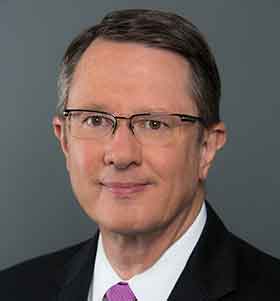
Thomas: The ongoing implementation of PTC will be a big priority for 2018. We're also advancing two major regional rail projects: the 26-mile Cotton Belt regional rail line and the D2 Subway, a second light-rail alignment through downtown Dallas. Beyond the planning and engineering challenges, we will continue working with our industry colleagues to secure federal funding support to match the local investment in these two projects, which total more than $2 billion.
Washington: With the support of more than 71 percent of L.A. County voters last November, Measure M — the ballot measure for transportation — was a resounding show of confidence in our transportation revolution. Measure M will change the face of Southern California and help us create an infrastructure inheritance for our children and grandchildren. But like other transit agencies across the U.S., we are facing a workforce shortage as baby boomers retire. Thirty-nine percent of Metro's workforce will be eligible for retirement over the next three years, and 69 percent of Metro employees are over the age of 40. And yet we must have a well-trained workforce to operate and maintain our system, and to build the projects and programs in Measure M.
What are some of your key goals for 2018?
Orseno: Even with our funding challenges, we will continue to invest in capital projects with the funding currently available because we know that proper maintenance equals safety and reliability, and that's key to maintaining ridership. More than half of those limited capital funds will be spent on major capital projects, including locomotive rehabilitation ($20.5 million), rail-car rehabilitation ($18.5 million), the installation of the federally required PTC ($30 million) and bridge replacement ($9 million). Metra has also issued a request for proposals for new rail cars, and is setting aside $23.7 million in its 2018 capital budget for that purchase. The installation of PTC components will be completed in 2018. This project is challenging the entire rail industry and Metra will be fully engaged so that we meet all federal deadlines for the implementation of this safety system.
Rogoff: While we will not be opening any new stations next year, 2018 will be an intensive year of planning and construction. The entire East Link light-rail line will be under simultaneous construction, and the downtown Bellevue, Washington, tunnel will continue to be excavated. With deep-bore tunneling and cross-passages already complete between the University of Washington and Northgate, work will continue on the rail installation, electrical systems and station construction. In 2018, we will also break ground on the Lynnwood Link extension and the Tacoma Link extension to Hilltop. Next year, we also will kick off planning work for Ballard and West Seattle [light-rail extensions], the Federal Way to Tacoma extension, and bus rapid transit on Interstate 405 and State Route 522.
Smith: We will continue to build an agency that exceeds expectations, emphasize the value and importance of this agency to the greater Phoenix region, and focus on great customer service, being fiscally responsible and serving our communities.
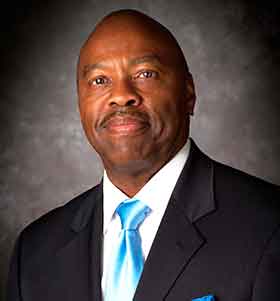
Washington: Given the shortage of trained transportation workers, we have launched a series of career development initiatives that we call our Career Pathways Program. This is not simply a new workforce model. It's a paradigm shift in how Metro and the industry prepare the next generation for work and lifelong learning. The goals are to reorient existing education; target individuals in need of education, training and workforce services; and create a structure that focuses on transportation infrastructure and Metro's workforce needs. The outcome is to provide training, jobs and careers for people — careers and jobs that will help them rise out of poverty and into the middle class. We consider this an honor and a privilege and know it will provide the well-trained workforce we need to build, run and maintain our growing transportation system. We also are working to secure a full funding agreement for the Purple Line Section 3 — the segment that will carry our subway to its planned terminus at UCLA and the Veteran's Medical Center in Westwood. Simultaneously, we are working toward developing requests for proposals for public-private partnerships that will help us accelerate several of the mega projects in Measure M. And, as Congress and the Trump administration continue their active dialogue on the scale and scope of a possible infrastructure plan, we are contributing to the development of a program that would provide maximum return on investment for federal taxpayers and deliver more mobility for more Americans, at the same time it equitably addresses the changing needs of large and small transit agencies across the U.S.
How does your agency plan on growing and retaining ridership next year?
Orseno: We retain ridership by providing safe, convenient and reliable service. These are the attributes that our riders have told us consistently are important. Even with the shortage of available capital funds, Metra has exceeded a 95 percent on-time performance record for nearly three years straight. We have also commissioned a study of our existing fare structure to determine if it is still serving our riders' needs and commuting habits. The results of this study are currently under review and will be subject to public hearings in 2018.
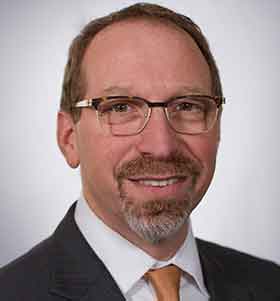
Rogoff: With a full year of operation for the University of Washington, Capitol Hill and Angle Lake stations, Link ridership continued its robust growth in 2017, growing to 76,000 weekday boardings. We expect Link ridership to grow another 8 percent in 2018. Two new Sounder roundtrips were added in September 2017, and as a result we expect Sounder ridership to grow by 8 percent over 2016 levels. Regionwide, Sound Transit is investing in projects that make it safe and easy for riders to connect to stations, by walking, biking, driving, transferring from partner transit or using pick-up and drop-off areas. As part of the Sound Transit 3 plan, Sound Transit will invest $100 million to partner with local jurisdictions throughout the region to build projects that enhance non-motorized connections to existing stations and those under construction. Improvements could include building sidewalks or bike lanes, removing obstacles or improving wayfinding. Small investments can yield significant results — particularly when partnering with local jurisdictions — by improving the safety and experience of getting to and from transit stations while increasing transit ridership.
Thomas: We'll grow ridership by giving customers mobility options and we must be more creative. Customers want mobility. They're more interested in getting where they want compared with how they get there. In addition to improving our service by enhancing customer service, safety and security, we need to pay attention to how customers want to travel and how they want to plan for and pay for their trips. We have been developing new digital and operational tools to help them meet their mobility needs and will begin deploying them in the coming months.
Washington: As we add rail to the Metro system, our rail ridership is growing. The same is not true of our bus ridership, where Metro and other transit agencies across the U.S. are experiencing dips. With that in mind, we are beginning the process of reimagining and restructuring our bus service plan to better meet the needs of riders. This is the beginning of a three-year process. And while we are reimagining and restructuring our bus service plan, we feel strongly that ridership should not be the sole performance metric used to determine our effectiveness. As we embark on transforming the mobility culture of L.A. County, we recognize that we are giving back to everyone life's most treasured commodity: time. We cannot assume that we can capture our contribution to improving mobility for our customers solely through the “ridership” metric. With this in mind, I have directed staff to begin capturing and tracking, as a new performance metric, every transportation option that we fund to relieve congestion.
Email questions or comments to daniel.niepow@tradepress.com.
Keywords
Browse articles on transit outlook Metra Don Orseno Sound Transit Peter Rogoff Valley Metro Scott Smith Gary Thomas Dallas Area Rapid Transit Phillip Washington Los Angeles County Metropolitan Transportation Authority L.A. Metro transit execs positive train control transit fundingContact Progressive Railroading editorial staff.


 LRW Honors Amtrak’s Acheson As Railway Woman Of The Year
LRW Honors Amtrak’s Acheson As Railway Woman Of The Year
 From Editor-In-Chief Foran: Of Gender Equity And Inclusion
From Editor-In-Chief Foran: Of Gender Equity And Inclusion
 Spotlight On Some Of Today’s Rail Safety Products
Spotlight On Some Of Today’s Rail Safety Products
 Women of Influence in Rail eBook
Women of Influence in Rail eBook
 railPrime
railPrime




